[From the Ed: We’re happy to share the following guest article from Hungarian crisis communications expert Kornel Bohm.]
Choosing the right crisis communication strategy
An intense situation, like a crisis, is accompanied by extreme emotions, and frustration, confusion, lethargy, fury, or even shame or a thirst for revenge – just to mention the most common ones – can get the better of the company and its individual members. It is the task of us, crisis-communication professionals, to choose jointly with the client the right communication strategy in the very first moments of distress in order to handle the situation.
To illustrate the type of strategies that can be selected we tend to use an easily comprehensible and tangible example, termed as the theory of the blank flag. Its most important value is to make the owner or company management recognise the difference between the eligible strategies and their various nuances. The efficiency, success or failure of the entire crisis communication can depend on these slight differences!
As a first step we generally suggest that the client imagine crisis communication as a blank, white flag. There’s nothing on it: neither colour, nor form – it can be turned into anything. You can immediately hold up one of these flags and the message will be evident and clear to all: we are casting our weapons away, we surrender and would like to apologise for everything. Holding up a blank, white flag can be a responsible choice as the possible and legitimate answer to a given situation of crisis. It is the strategy of assuming all responsibility, handing over control and taking a passive stance. Crisis communication in these instances begins with a prompt and sincere apology, continues by involving the authorities, and closes with the humble compliance to the official decree. It is only after this that the slow and painful process of reconstruction, of regaining the brand’s reputation can be even considered.
Let us now repaint this white flag! Paint it jet black. Being a conventional symbol, this too is comprehensible and plain to see: the colour of mourning. The colour of defeat and death. The winding-up of a business is often linked to the laissez-faire policy, the lack of navigation or even resignation and withdrawal. At times – not even that rarely – an organisation in crisis can decide in favour of liquidation or the withdrawal of a brand, or in the case of individuals, resigning from a post and disappearing from the public eye. In these cases no rebuilding can take place, and the possibility of resurrection remains close to zero. The only target that can be set is to preserve as much dignity as possible, and exit the scene with head held high.
In the former cases we acted passive but there are more options to come. Let’s switch to a more proactive behaviour that demands tougher action. Draw with your fingers on the black flag, as on a piece of sooty paper, two bones and a skull. Yes, that’s right; we have made a pirate flag. Once again the strategy is obvious: ready to leap into fight, we are picking up the gauntlet, prepared for combat. Naturally, fighting entails victims and blood but in this case we don’t want to be passive spectators or the self-sacrificing victims of the divulged situation. There is of course no battle without blood or sacrifice, though in this case we have no intention of being either passive onlookers or sacrificing ourselves for the unfolding events. Hoisting the pirates’ flag signals a determined fight, in which practically all means can be employed, both above and below the line. A desperate fighter won’t recoil from talks behind the scenes, providing the media with background information, throwing in a new agenda, bluffing or even protracted litigation. That is, everything that holds out hope for defeating the opposing parties is on the cards. Naturally, this choice of strategy can lead to a serious loss of good reputation, and, having a war at stake, the result is risky too. A keen battle may not make the company or brand too popular; nonetheless, the purpose of its crisis communication may be the minimizing of losses or the destroying of the attacker’s arguments despite the potential casualties.
What else can we be holding in reserve? It would be a good idea to set up a strategy based also on active participation but more moderate in its bellicose elements. Let’s think of a flag that synthesises the above tactics and, making use of them, creates a new, harmonious entity. This flag, drawn also in black and white, features an ancient Chinese system of symbols: that of yin and yang. Nothing expresses better the co-dependence, the symbiosis of the tactics and strategic moves, than this magical, simple form, embodying the universe (and of course not only crisis communication). Our yin-yang flag can comprise sincere apology and the facing up to responsibilities as part of the crisis handling. It is also feasible that, realizing our defeat, we decide on taking leave for good, with head held high – if possible. But in the spirit of yin yang we can also adopt and integrate elements of combat because there is a time for trench warfare, for dogged armament. This, fourth approach, creates therefore a synthesis of the possible choices. In the course of long-term crisis management we are almost bound to resort to certain elements of the yin yang strategy.
Although the obvious choice may seem to lend itself, we don’t automatically suggest the last approach. In our view the four “flags” are equal. Each of them could result in a legitimate and good decision, depending on the situation. The blank flag theory serves to provide a figurative and clear outline of the potential courses, thus giving clients the opportunity to make a rational decision when choosing a strategy.
Finally, another thought or even a new flag. We have alluded several times to the fact that crisis management and within that crisis communication often indicate a long-term process. Only the slow regaining of a company or individual’s good name, taking years for the most part, can mean the finishing straight. Once this has been seen to then the black and white checked flag appears, bringing the completion to an end. This is when champagne can be opened and glasses clinked in celebration of work done well.
Kornel Bohm
crisis communication expert, founder of Spindoc Communications Network, Hungary
Contact information: [email protected], www.spindoc.hu



